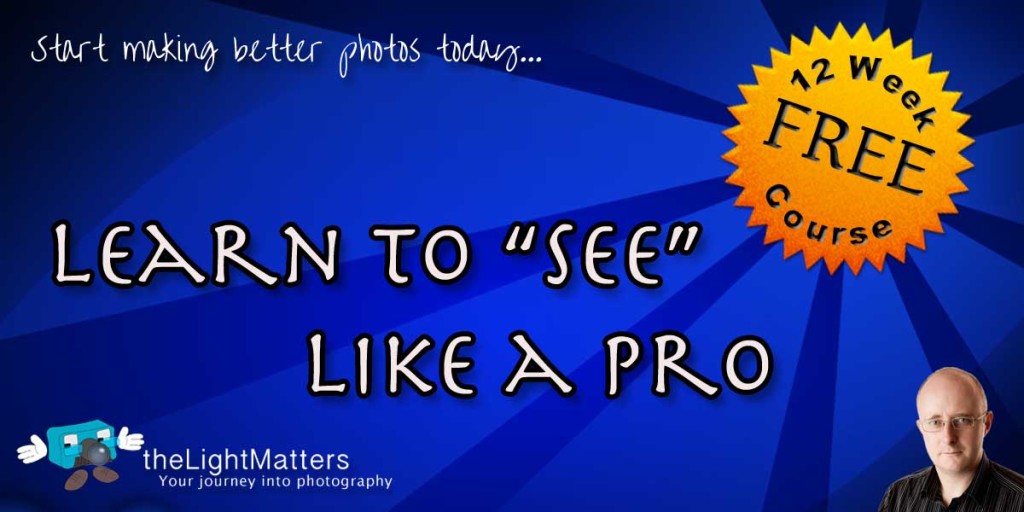
Last weekend I followed David duChémin’s seminar on creative vision over at Creative Live. It was a fantastic session and really got me to thinking about the way I create my images. On reflection I have been doing exactly what David was encouraging albeit unaware. Case in point would be my recent visit to Lanyon Quoit just outside Penzance.
I went there at probably the worst time of the day. There was hardly a cloud in the sky. The light was very bright and very hard. The scene was one of extreme contrast with hot, bright highlights and dark, black shadows. Even the 14 bits of colour depth of the 5D mk II were going to struggle to capture that amount of dynamic range.
The image below will give you an idea of just how bad the light was. In hindsight I could have tried making an HDR image but that thought never crossed my mind. Besides I’d neglected to bring my tripod.

So, how did I get from the original scene to the image I’ve shoen at the top of this post?

When I first got there I walked all around the quoit looking for inspiration. I tried a few shots like the one shown in the original scene with a couple of different lenses to try and get my angles and control the size of the tin mine on the horizon. Shooting with the EF24-105 f4L emphasised the foreground and made the mine very insignificant. Swapping to the EF70-200f2.8L brought the mine into the scene but the overall scene wasn’t working for me. It was far too much like all the other shots of Lanyon Quoit that I’d seen. Not necessarily anything wrong with that butI wanted to create something a little different.
My visiono for the image I wanted to create was relatively simple. I wanted to shoot the quoit against a really deep blue sky whilst bringing out the detail and the texture of the stone. To achieve this I wanted to experiment with off-camera flash and for that reason I had brought along my speedlites and radio triggers.
Making the sky a really deep blue was simple. All I needed to do was underexpose the scene by a stop or two. Popping a little flash brought out the detail in the stone but to be honest, I didn’t really like the end result. It simply didn’t do it for me and I really didn’t like the highlight/shadow on the leading upright. I could have “fixed it in post” but I didn’t want to do that. I wanted to get the shot right at the location and thus far I had fulfilled the brief but not the vision.

Time for a new point of view.
In the original scene the sun was coming in from camera left. The effect was to throw the underside of the quoit into deep shadow and introduce the highlight/shadow line. Moving 90° to the right put the sun directly behind the stones. This cured the shadow line and shooting from ground level, through the grass made for a much stronger composition, even though it is nothing more than the rule of thirds.
From this position, the stones were a perfect silhouette and underexposing the sky to strengthen the colour further exacerbated this. A couple of carefully positioned speedlites were just able to fix this.
The last creative element was to add the starburst. This is relatively simple with a small aperture if you partially oclude the sun. Whatever you do though, don’t look through the viewfinder straight at the sun or you’ll likely lose an eye!! If you are stupid enough to do this, don’t blame me for it. I used the liveview feature on the camera to set this shot up, working from the shadow of the stones and slowly moving towards the sunlight until the sun was just peeping around the cap stone.
Back to base and a quick edit in lightroom and photoshop to tidy up the image then burn a vignette and voila…

If you like this image, please tweet or post a comment.
If you really like this image you can purchase your own framed copy, here


